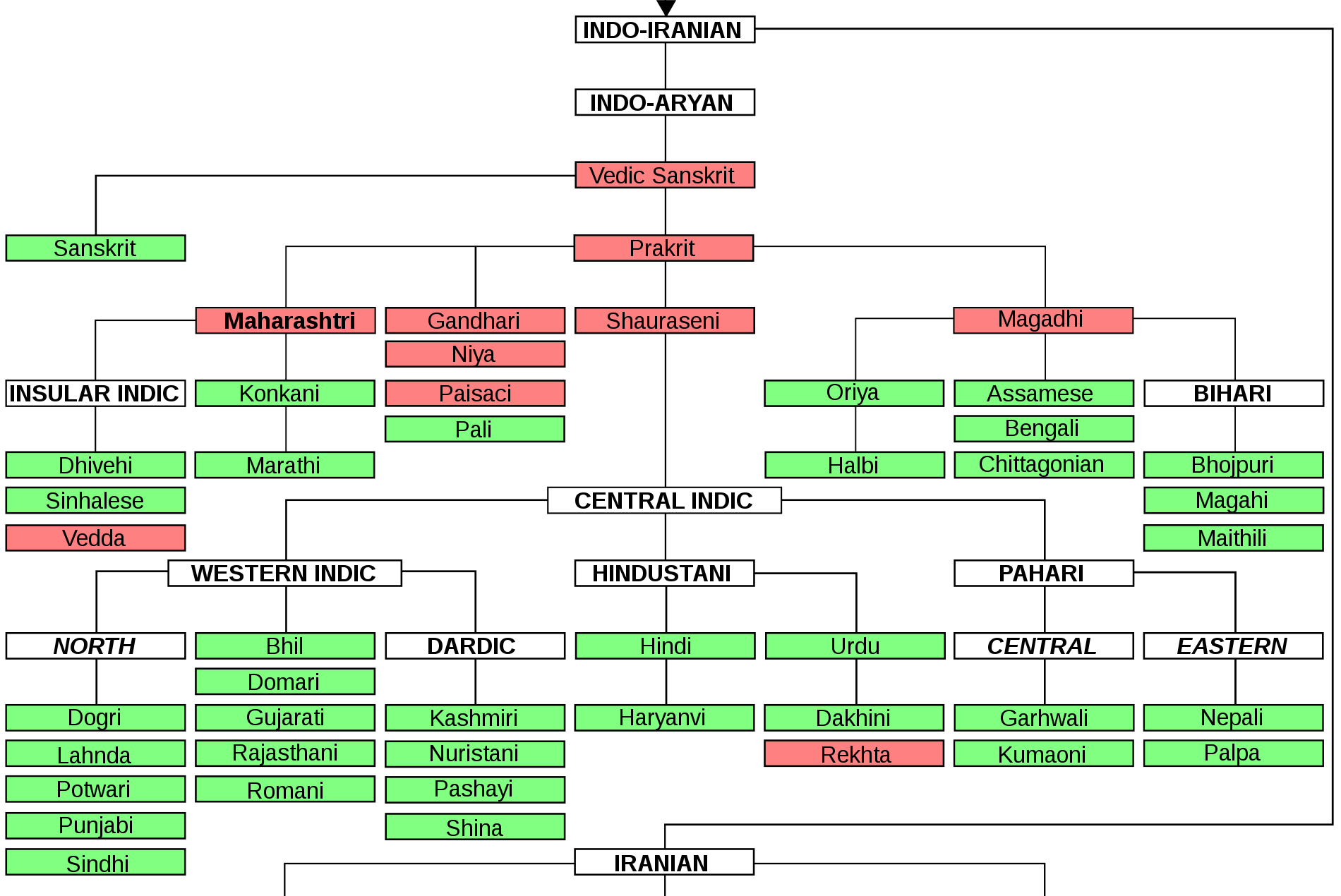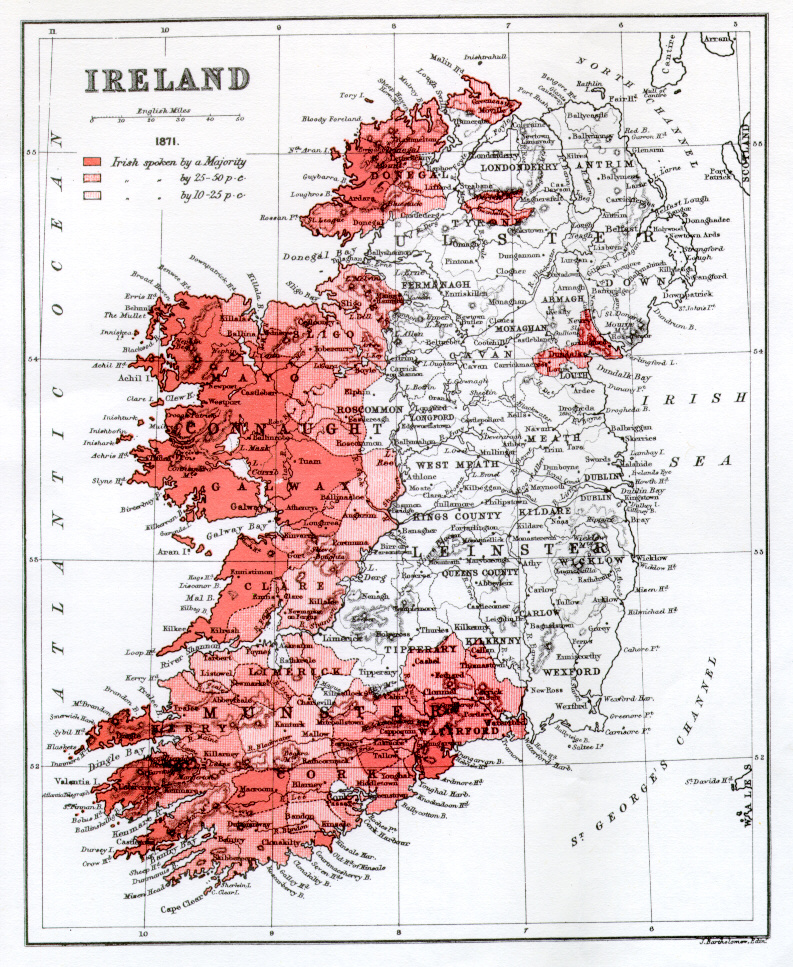|
Voiceless Dental Plosive
The voiceless alveolar, dental and postalveolar plosives (or stops) are types of consonantal sounds used in almost all Speech communication, spoken languages. The symbol in the International Phonetic Alphabet that represents voiceless dental consonant, dental, alveolar consonant, alveolar, and postalveolar consonant, postalveolar plosive consonant, plosives is , and the equivalent X-SAMPA symbol is t. The voiceless dental plosive can be distinguished with the underbridge diacritic, and the postalveolar with a retraction line, , and the Extensions to the IPA, extIPA has a double underline diacritic which can be used to explicitly specify an alveolar pronunciation, . The sound is a very common sound cross-linguistically. Most languages have at least a plain , and some distinguish more than one variety. Some languages without a are colloquial Samoan language, Samoan (which also lacks an ), Abau, and Nǁng language, Nǁng of South Africa. There are only a few languages which dist ... [...More Info...] [...Related Items...] OR: [Wikipedia] [Google] [Baidu] |
Voiceless Dental Sibilant Fricative
The voiceless alveolar fricatives are a type of fricative consonant pronounced with the tip or blade of the tongue against the alveolar ridge (gum line) just behind the teeth. This refers to a class of sounds, not a single sound. There are at least six types with significant perceptual differences: *The voiceless alveolar sibilant (the standard symbol in the International Phonetic Alphabet or IPA) has a strong hissing sound, as the ''s'' in English ''sink''. It is one of the most common sounds in the world. *The voiceless denti-alveolar sibilant (an ''ad hoc'' notation using IPA conventions), also called apico-dental, has a weaker lisping sound like English ''th'' in ''thin''. It occurs in Spanish dialects in southern Spain (eastern Andalusia). *The voiceless alveolar retracted sibilant ">Voiceless alveolar fricative#Voiceless alveolar retracted sibilant"> and the subform apico-alveolar , or called grave, has a weak hushing sound reminiscent of fricatives. It is used in t ... [...More Info...] [...Related Items...] OR: [Wikipedia] [Google] [Baidu] |
Dental Nasal
The voiced alveolar nasal is a type of consonantal sound used in numerous spoken languages. The symbol in the International Phonetic Alphabet that represents dental, alveolar, and postalveolar nasals is , and the equivalent X-SAMPA symbol is n. The vast majority of languages have either an alveolar or dental nasal. There are a few languages that lack either sound but have , such as Yoruba, Palauan, and colloquial Samoan (however, these languages all have . An example of a language without and is Edo). There are some languages (e.g. Rotokas) that lack both and . True dental consonants are relatively uncommon. In the Romance, Dravidian, and Australian languages, ''n'' is often called "dental" in the literature. However, the rearmost contact, which gives a consonant its distinctive sound, is actually alveolar or denti-alveolar. The difference between the Romance languages and English is not so much where the tongue contacts the roof of the mouth but the part of the ... [...More Info...] [...Related Items...] OR: [Wikipedia] [Google] [Baidu] |
Indo-Aryan Languages
The Indo-Aryan languages, or sometimes Indic languages, are a branch of the Indo-Iranian languages in the Indo-European languages, Indo-European language family. As of 2024, there are more than 1.5 billion speakers, primarily concentrated east of the Indus river in Bangladesh, Northern India, Eastern Pakistan, Sri Lanka, Maldives and Nepal. Moreover, apart from the Indian subcontinent, large immigrant and expatriate Indo-Aryan–speaking communities live in Northwestern Europe, Western Asia, North America, the Caribbean, Southeast Africa, Polynesia and Australia, along with several million speakers of Romani languages primarily concentrated in Southeast Europe, Southeastern Europe. There are over 200 known Indo-Aryan languages. Modern Indo-Aryan languages descend from Old Indo-Aryan languages such as early Vedic Sanskrit, through Middle Indo-Aryan languages (or Prakrits). The largest such languages in terms of First language, first-speakers are Hindustani language, Hindi–Urdu ... [...More Info...] [...Related Items...] OR: [Wikipedia] [Google] [Baidu] |
Voiced Dental Plosive
The voiced alveolar, dental and postalveolar plosives (or stops) are types of consonantal sounds used in many spoken languages. The symbol in the International Phonetic Alphabet The International Phonetic Alphabet (IPA) is an alphabetic system of phonetic notation based primarily on the Latin script. It was devised by the International Phonetic Association in the late 19th century as a standard written representation ... that represents voiced dental, alveolar, and postalveolar plosives is (although the symbol can be used to distinguish the dental plosive, and the postalveolar), and the equivalent X-SAMPA symbol is d. There are only a few languages that distinguish dental and alveolar stops, among them Kota, Toda, Venda and some Irish dialects. Features Features of the voiced alveolar stop: * There are three specific variants of : ** Dental, which means it is articulated with either the tip or the blade of the tongue at the upper teeth, termed respectivel ... [...More Info...] [...Related Items...] OR: [Wikipedia] [Google] [Baidu] |
Voiced Dental Sibilant Fricative
The voiced alveolar fricatives are consonantal sounds. The symbol in the International Phonetic Alphabet that represents these sounds depends on whether a sibilant or non-sibilant fricative is being described. * The symbol for the alveolar sibilant is , and the equivalent X-SAMPA symbol is z. The IPA letter is not normally used for dental or postalveolar sibilants in narrow transcription unless modified by a diacritic ( and respectively). * The IPA symbol for the alveolar non-sibilant fricative is derived by means of diacritics; it can be or . Voiced alveolar sibilant The voiced alveolar sibilant is common across European languages, but is relatively uncommon cross-linguistically compared to the voiceless variant. Only about 28% of the world's languages contain a voiced dental or alveolar sibilant. Moreover, 85% of the languages with some form of are languages of Europe, Africa, or Western Asia. Features *There are at least three specific variants of : ** Denta ... [...More Info...] [...Related Items...] OR: [Wikipedia] [Google] [Baidu] |
Irish Language
Irish (Standard Irish: ), also known as Irish Gaelic or simply Gaelic ( ), is a Celtic language of the Indo-European language family. It is a member of the Goidelic languages of the Insular Celtic sub branch of the family and is indigenous language, indigenous to the island of Ireland. It was the majority of the population's first language until the 19th century, when English (language), English gradually became dominant, particularly in the last decades of the century, in what is sometimes characterised as a result of linguistic imperialism. Today, Irish is still commonly spoken as a first language in Ireland's Gaeltacht regions, in which 2% of Ireland's population lived in 2022. The total number of people (aged 3 and over) in Ireland who declared they could speak Irish in April 2022 was 1,873,997, representing 40% of respondents, but of these, 472,887 said they never spoke it and a further 551,993 said they only spoke it within the education system. Linguistic analyses o ... [...More Info...] [...Related Items...] OR: [Wikipedia] [Google] [Baidu] |
International Phonetic Alphabet
The International Phonetic Alphabet (IPA) is an alphabetic system of phonetic notation based primarily on the Latin script. It was devised by the International Phonetic Association in the late 19th century as a standard written representation for the sounds of speech. The IPA is used by linguists, lexicography, lexicographers, foreign language students and teachers, speech–language pathology, speech–language pathologists, singers, actors, constructed language creators, and translators. The IPA is designed to represent those qualities of speech that are part of lexical item, lexical (and, to a limited extent, prosodic) sounds in oral language: phone (phonetics), phones, Intonation (linguistics), intonation and the separation of syllables. To represent additional qualities of speechsuch as tooth wikt:gnash, gnashing, lisping, and sounds made with a cleft lip and cleft palate, cleft palatean extensions to the International Phonetic Alphabet, extended set of symbols may be used ... [...More Info...] [...Related Items...] OR: [Wikipedia] [Google] [Baidu] |
Dental Approximant
The voiced dental fricative is a consonant sound used in some spoken languages. It is familiar to English-speakers as the ''th'' sound in ''father''. Its symbol in the International Phonetic Alphabet is eth, or and was taken from the Old English and Icelandic letter eth, which could stand for either a voiced or unvoiced (inter)dental non-sibilant fricative. Such fricatives are often called " interdental" because they are often produced with the tongue between the upper and lower teeth (as in Received Pronunciation), and not just against the back of the upper teeth, as they are with other dental consonants. The letter is sometimes used to represent the dental approximant, a similar sound, which no language is known to contrast with a dental non-sibilant fricative. However, the approximant can be explicitly indicated with the lowering diacritic: . Very rarely used variant transcriptions of the dental approximant include (retracted ), (advanced ) and ( ). It has been propos ... [...More Info...] [...Related Items...] OR: [Wikipedia] [Google] [Baidu] |
Voiceless Dental Fricative
The voiceless dental non-sibilant fricative is a type of consonantal sound used in some spoken languages. It is familiar to most English speakers as the 'th' in ''think''. Though rather rare as a phoneme among the world's languages, it is encountered in some of the most widespread and influential ones. The symbol in the International Phonetic Alphabet that represents this sound is , and the equivalent X-SAMPA symbol is T. The IPA symbol is the lowercase Greek alphabet, Greek letter theta, which is used for this sound in post-classical Greek language, Greek, and the sound is thus often referred to as "theta". The dental non-sibilant fricatives are often called "interdental consonant, interdental" because they are often produced with the tongue between the upper and lower teeth, and not just against the back of the upper or lower teeth, as they are with other dental consonants. This sound and its Voiced dental fricative, voiced counterpart are rare phonemes, occurring in 4% of lang ... [...More Info...] [...Related Items...] OR: [Wikipedia] [Google] [Baidu] |
Polish Language
Polish (, , or simply , ) is a West Slavic languages, West Slavic language of the Lechitic languages, Lechitic subgroup, within the Indo-European languages, Indo-European language family, and is written in the Latin script. It is primarily spoken in Poland and serves as the official language of the country, as well as the language of the Polish diaspora around the world. In 2024, there were over 39.7 million Polish native speakers. It ranks as the sixth-most-spoken among languages of the European Union. Polish is subdivided into regional Dialects of Polish, dialects. It maintains strict T–V distinction pronouns, Honorifics (linguistics), honorifics, and various forms of formalities when addressing individuals. The traditional 32-letter Polish alphabet has nine additions (, , , , , , , , ) to the letters of the basic 26-letter Latin alphabet, while removing three (x, q, v). Those three letters are at times included in an extended 35-letter alphabet. The traditional set compri ... [...More Info...] [...Related Items...] OR: [Wikipedia] [Google] [Baidu] |

